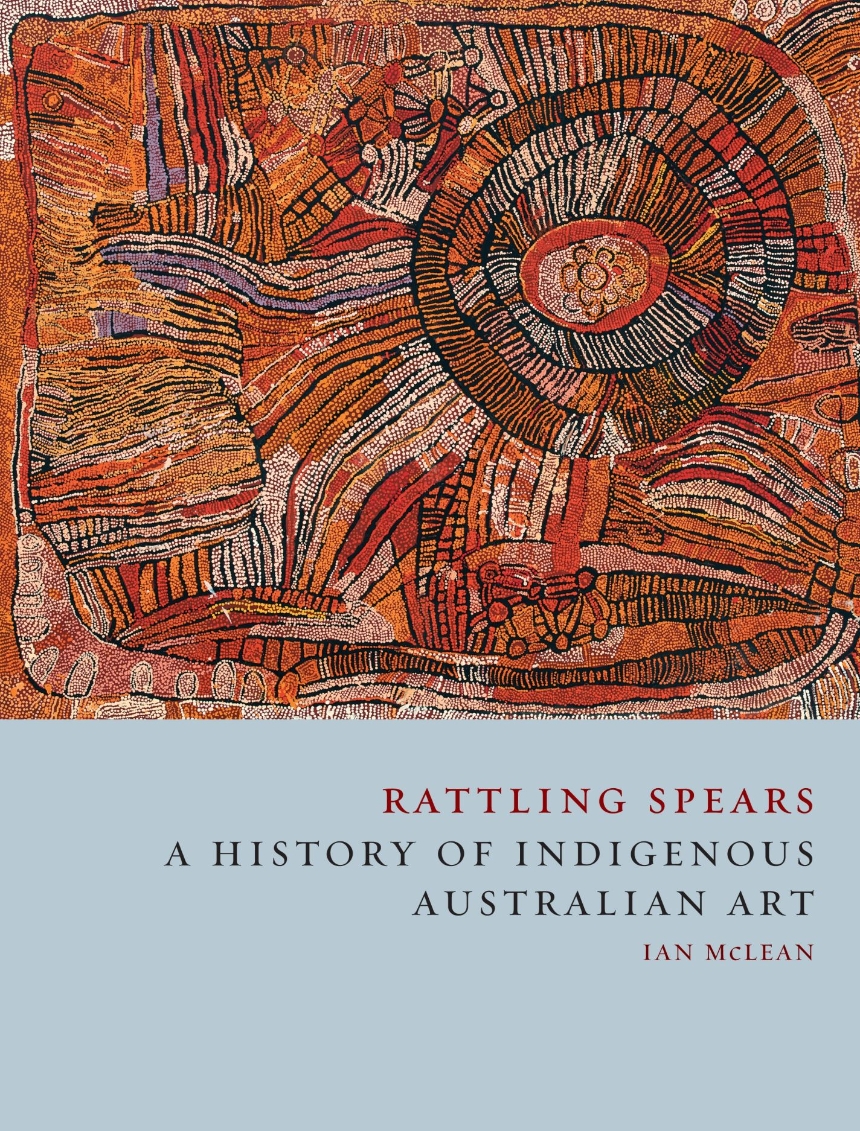Large, bold, and colorful, indigenous Australian art—sometimes known as Aboriginal art—has made an indelible impression on the contemporary art scene. But it is controversial, dividing the artists, purveyors, and collectors from those who smell a scam. Whether the artists are victims or victors, there is no denying the impact of their work in the media, on art collectors and the art world at large, and on our global imagination. How did Australian art become the most successful indigenous form in the world? How did its artists escape the ethnographic and souvenir markets to become players in an art market to which they had historically been denied access? Beautifully illustrated, this full stunning account not only offers a comprehensive introduction to this rich artistic tradition, but also makes us question everything we have been taught about contemporary art.
Reviews
Table of Contents
Introduction
Empire
1 Origin stories: The dreamtime in Botany Bay, 1770
2 Indigenous art and empire in Sydney, 1788-1830
3 Post-contact indigenous art in the Australian colonies, 1835-1900
Nation
4 Indigenous art in white Australia, 1900-1970
5 The invention of indigenous contemporary art, 1970-1990
Post-Western
6 Remote masters, 1985-2015
7 Post-identity: Urban indigenous art
Conclusion: A theory of indigenous art in the age of modernity
References
Bibliography
Acknowledgements
Photo Acknowledgements
Index
Empire
1 Origin stories: The dreamtime in Botany Bay, 1770
2 Indigenous art and empire in Sydney, 1788-1830
3 Post-contact indigenous art in the Australian colonies, 1835-1900
Nation
4 Indigenous art in white Australia, 1900-1970
5 The invention of indigenous contemporary art, 1970-1990
Post-Western
6 Remote masters, 1985-2015
7 Post-identity: Urban indigenous art
Conclusion: A theory of indigenous art in the age of modernity
References
Bibliography
Acknowledgements
Photo Acknowledgements
Index

